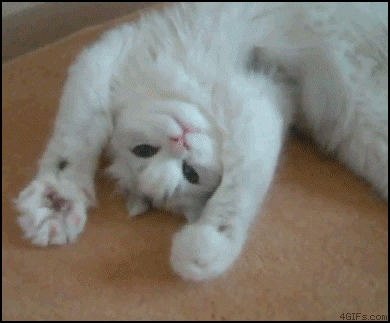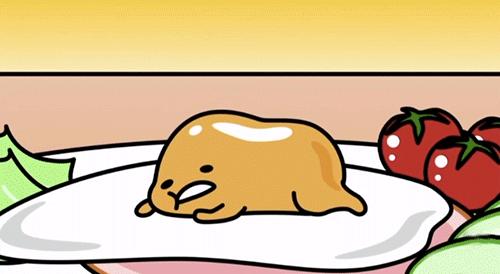| FAQ |
| Members List |
| Calendar |
| Search |
| Today's Posts |
 |
|
| Chat and Games Looking for forum games, and completely off topic banter - this is your place! (includes Virtual Big Brother type forum games) |
| View Poll Results: You drive? | ||||||
| Yep I can |
|
22 | 53.66% | |||
|
||||||
| I'm learning |
|
4 | 9.76% | |||
|
||||||
| Nope |
|
14 | 34.15% | |||
|
||||||
| I hate this thread |
|
1 | 2.44% | |||
|
||||||
| Voters: 41. You may not vote on this poll | ||||||
| Register to reply Log in to reply |
|
|
Thread Tools | Display Modes |


















































 Linear Mode
Linear Mode

